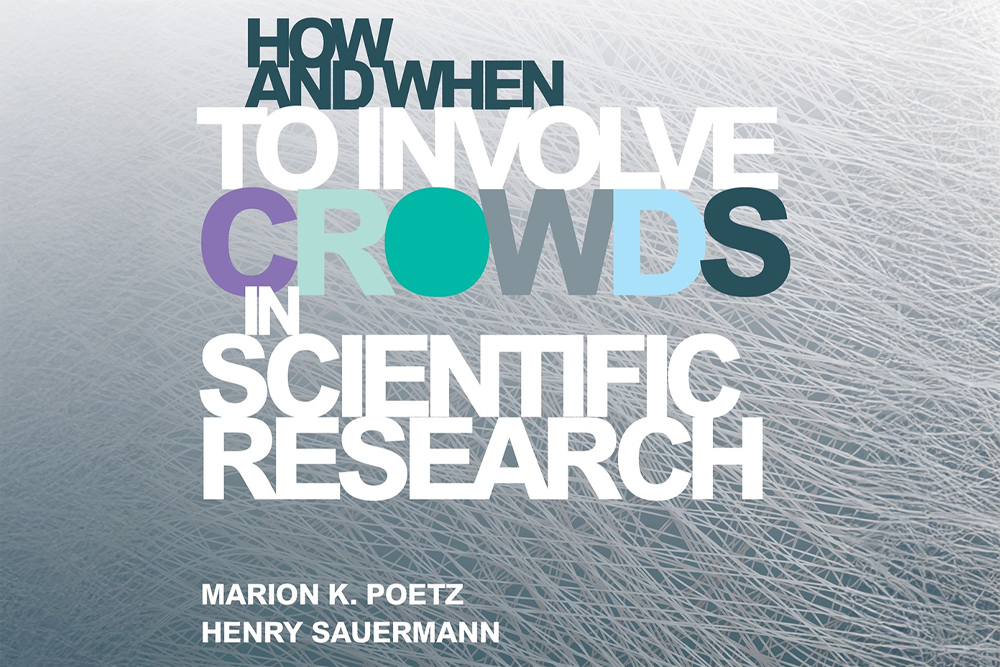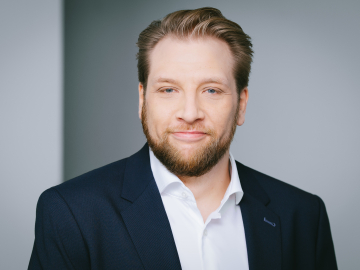New open-access book provides guidance for crowdsourcing in scientific research

Engaged citizens often play an active role in knowledge generation, thus enriching the research process and bridging the gap between science and society. Drawing on a strong foundation of scholarship on crowd involvement, this book helps researchers recognize and understand the benefits and challenges of crowd involvement across key stages of the scientific process. Designed as a practical toolkit, it enables scientists to critically assess the potential of crowd participation, determine when it can be most effective, and implement it to achieve meaningful scientific and societal outcomes.
The book is structured into three key sections:
- Conceptual foundations: The authors outline recent trends and the rationale behind involving crowds in scientific research. They discuss how crowd science contributes to greater research productivity across various disciplines, while offering additional benefits such as broader public engagement and support for science.
- Crowd involvement across stages of the research process: This section details crowd involvement across specific stages of scientific research such as developing research questions, collecting data, or solving scientific problems. For each stage, the book provides real-world examples from the natural sciences, social sciences, and the humanities. An integrated set of tools enables researchers to determine the appropriate scope of crowd involvement and to design successful crowd science projects.
- Cross-cutting organizational themes: The third section addresses ethical considerations, recruitment, motivation, and training of crowd contributors. It also discusses how researchers who involve crowds can maintain research integrity and use AI to increase the effectiveness of their projects.
“The aim of our book is to provide a structured, evidence-based approach to involving crowds in research,” says Henry Sauermann. “We hope that the book will serve as a resource for scientists seeking to leverage the power of crowds but also for policymakers and funding agencies who want to better understand the changing research landscape.” Marion Poetz adds, “The frameworks and tools in the book have been developed and tested in research projects or workshops with various scientists and research groups. This has helped us develop an approach that is both easy to use and applicable across a wide range of disciplines and types of projects.”
Published by Edward Elgar Publishing, the book is open access and available in both print and digital formats here.
The book includes a companion website that includes additional materials and design tools at www.sciencewithcrowds.org.
